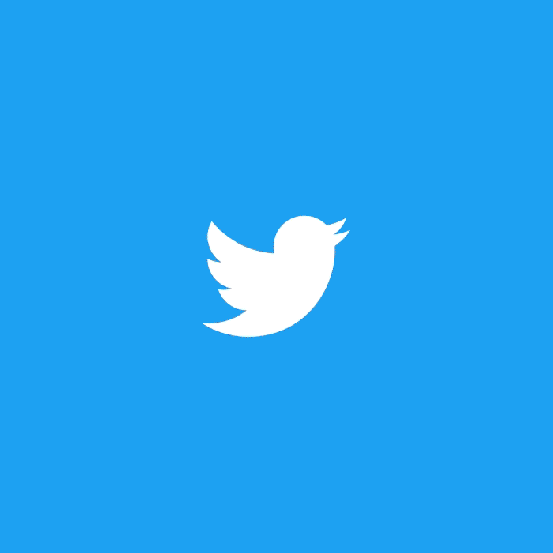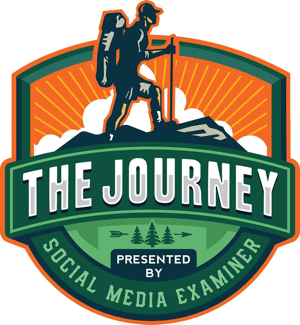From humble beginnings as a blog for a pet food venture, in four years LittleThings accrued millions of followers and views on its social platforms through feel-good content.
But the publisher announced that it would be no more on Tuesday, putting the blame largely on Facebook's algorithm changes in an email to all staff, published by Business Insider.
Facebook's "prioritisation of friends/family content over publishers was the last straw" for LittleThings, something which the social media platform implemented in early January.
The self-funded company has been seeking a buyer since late last year, but claimed these changes "spooked" potential buyers in its sale process.
"Our organic traffic (the highest margin business), and influencer traffic were cut by over 75 percent. No previous algorithm update ever came close to this level of decimation. The position it put us in was beyond dire," it reads.
It's hoped the LittleThings brand will be resurrected in another way in the near future.
On Wednesday morning, LittleThings' live Facebook show, Refresh, broadcast for the last time. Hosts Cassie and Paul Morris were in tears, thanking viewers for their loyalty and told of their shock at the sudden closure.
Back in 2016, LittleThings chief executive Joe Spieser allayed concerns about being too reliant on Facebook's algorithm.
"I think we need each other. We need them for the traffic; they need us for the content," he told the Wall Street Journal at the time. However, Facebook has recently become pretty brutal when it comes to publisher complaints.
"If you are a publisher who feels like Facebook is not good for your business, you shouldn't be on Facebook," company executive Campbell Brown said in February during an onstage grilling at Recode's Code Media conference.
LittleThings is one of several social publishers that built its business on distributed content, scrapping the once-antiquated need for a website. That's perhaps changing, with NowThis launching a website in January after ditching it in 2015.




/https%3A%2F%2Fblueprint-api-production.s3.amazonaws.com%2Fuploads%2Fstory%2Fthumbnail%2F69783%2F603e1482-2e6a-467e-9a61-6687367424b4.jpg)






/https%3A%2F%2Fblueprint-api-production.s3.amazonaws.com%2Fuploads%2Fstory%2Fthumbnail%2F69424%2Fffd04d74-3458-4f1e-8fb4-82b9b67236f8.jpg)









 RSS Feed
RSS Feed
